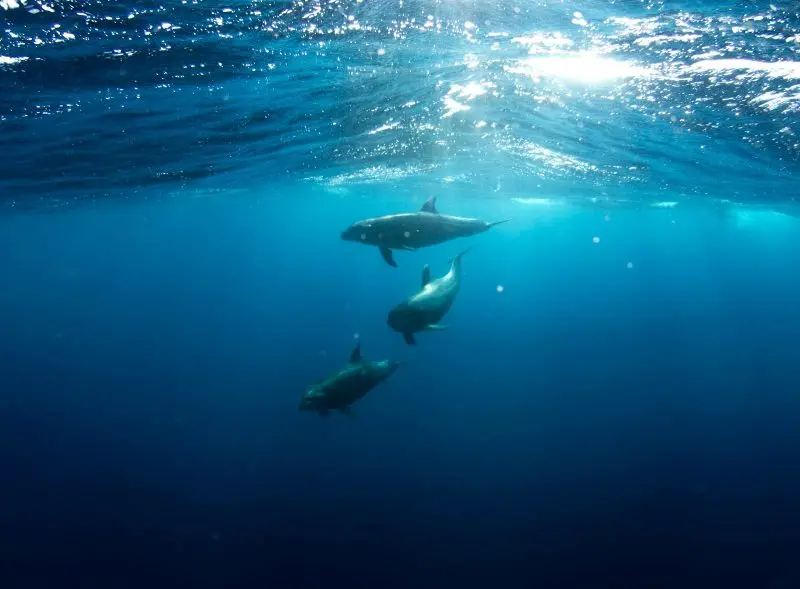
New large language model artificial intelligence Soon it will help people better understand dolphins, and dolphins understand people.
Its developers from Google and researchers from several scientific institutions in the U.S. plan for the system’s debut to take place in the coming months. The team will conduct tests to see if the DolphinGemma model and its companion, Cetacean Hearing Augmentation Telemetry (CHAT), can translate and imitate some of the complex vocalizations of dolphins. If successful, this breakthrough could mark the culmination of more than four decades of researchers’ work, the publication reported. Popular Science .
What is known about the new development?
Dolphins – some of the smartest and most communicative animals on Earth. The social interactions of these mammals are so complex that researchers from the Wild Dolphin Project (WDP) have spent the last 40 years trying to decipher them. During their work, scientists have accumulated a wealth of underwater audio and video materials. These, in particular, reflect the behavior and vocal signals of the community of Atlantic spotted dolphins living near the Bahamas. Researchers have correlated the sounds of the mammals with their behavioral manifestations, such as courtship and disputes.
Scientists have long suspected that humans can communicate with cetaceans, but they lacked the technology advanced enough to analyze and imitate the underwater whistles and other sounds of dolphins.
With the emergence of large language models (LLMs), researchers became interested in whether the same principles underlying them could be applied to dolphin interactions. To explore this possibility, the WDP project scientists joined forces with Google and the Georgia Institute of Technology (USA). The researchers provided the engineers with a vast dataset of various audio data – whistles, clicks, and pulses from dolphins to train the LLM.
The result was the AI model DolphinGemma. It was created using the same technology principles as Google’s Gemini systems. DolphinGemma is developed with approximately 400 million parameters to function essentially like language models such as ChatGPT but for dolphins.
DolphinGemma first receives and interprets audio inputs, then predicts likely subsequent sounds. After that, the model interacts with the CHAT system installed on modified Google Pixel smartphones. This CHAT is not designed for a complete translation of dolphin natural language, but it helps people convey a simplified, generalized vocabulary.
Experts hope that in time, dolphins will even learn to ask for toys when they want to play.
There is still much to be done before humans and dolphins bridge the gap in interspecies communication. However, with the creative use of the new language model, these conversations have come a step closer.
